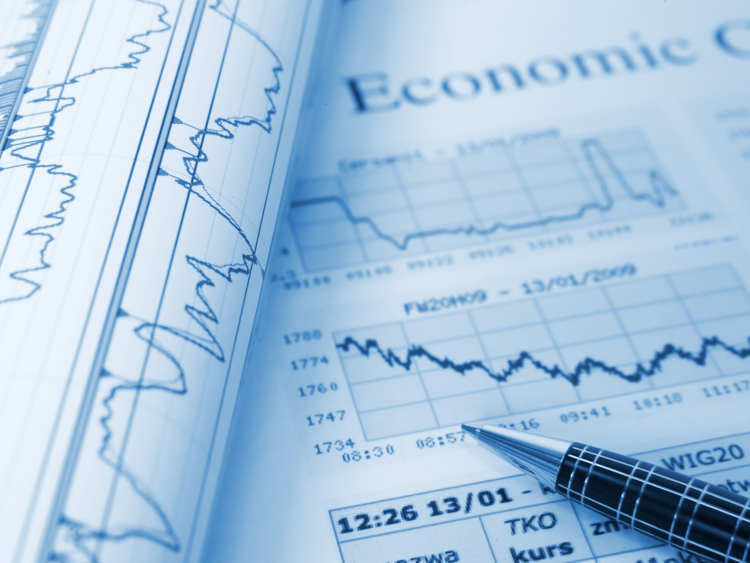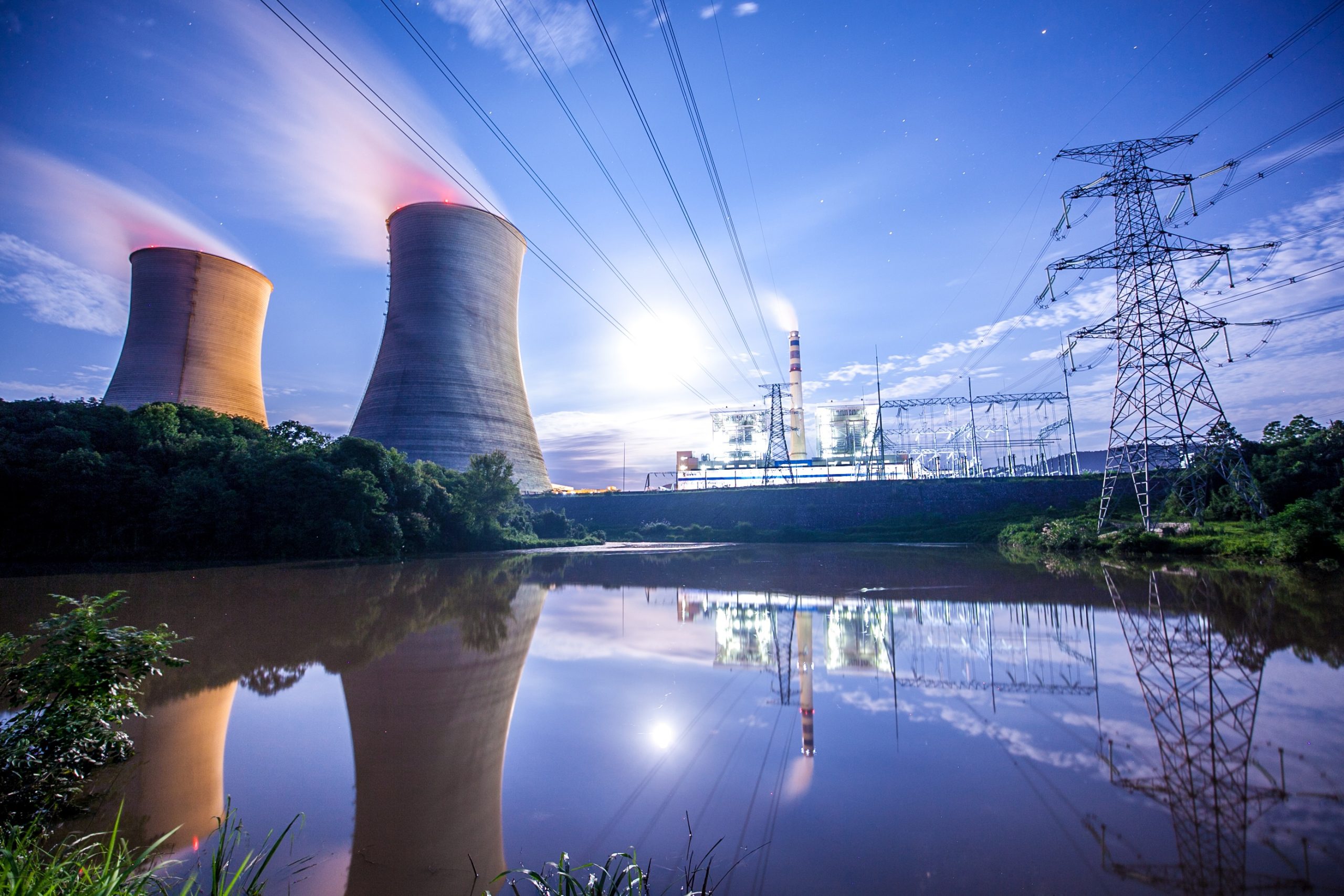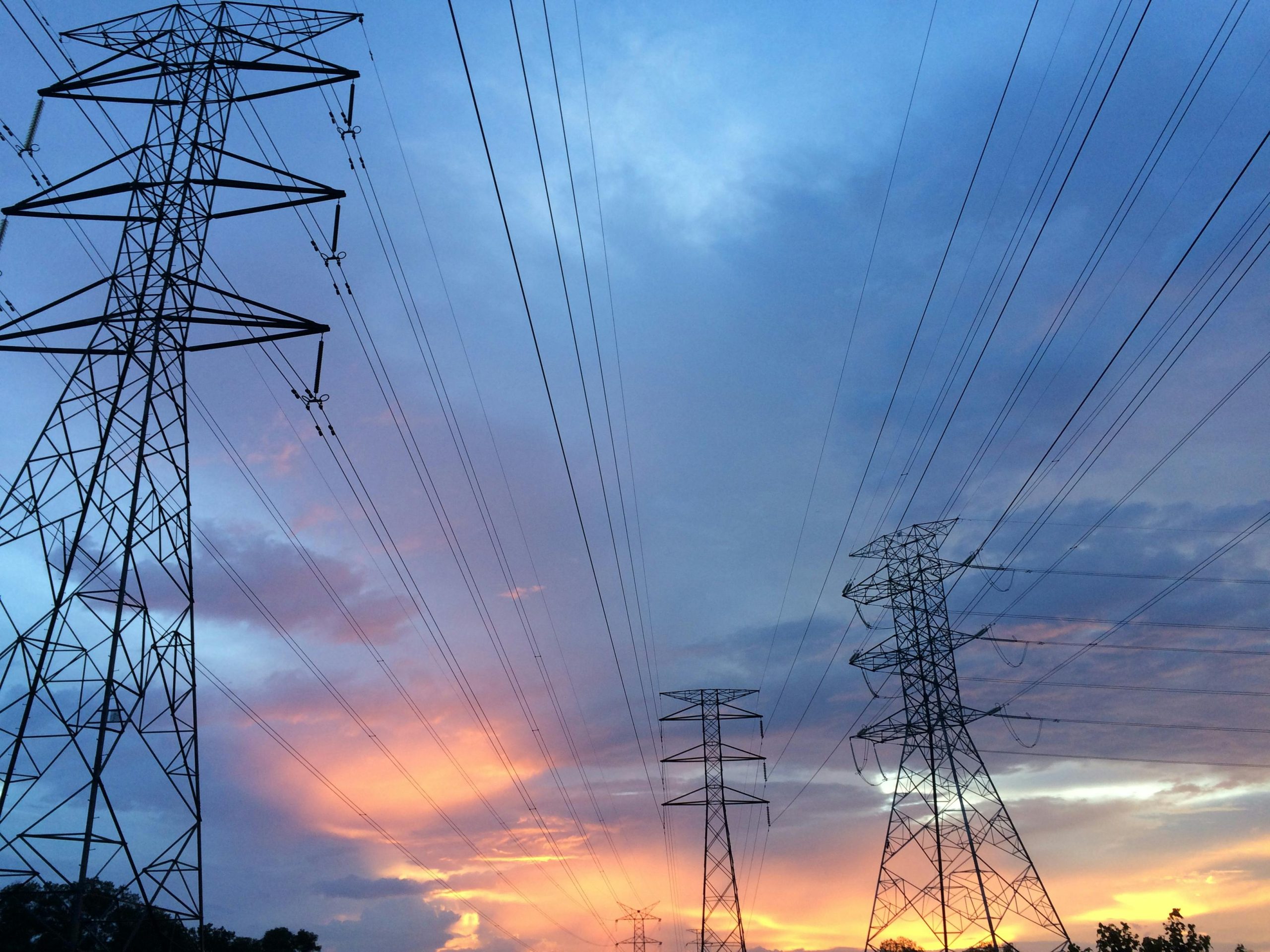Distribution

March 30, 2025
Aluminum's balancing act: Tariffs, smelters, and scramble for supply
Written by Gabriella Vagnini
Tariffs, smelters, and reshoring plans are shifting the ground under U.S. aluminum. Here’s what you missed, and what could be coming fast.
North America
- Trump’s 25% aluminum tariff now in effect (as of March 12) – All exclusions are gone. That includes Canadian and Mexican metal, primary, extrusions, FRP, billet, scrap, the works. A 10% kicker is still being floated. What it means: This has flipped the script for U.S. semis producers. With imports suddenly more expensive, domestic rollers and extruders are getting a shot at regaining share. But can they get the metal to back it up? That’s the big question as scrap and primary supply remain tight.
- Trump’s auto tariffs could reshape U.S. aluminum demand – Starting April 3, imported vehicles face a 25% tariff. The tariff on parts will be detailed and kick in by May. As I wrote in my article this week, automakers that rely on foreign aluminum systems or components will be forced to rethink everything. What it means: This could accelerate a pivot toward U.S. made aluminum in automotive. More extrusions, more rolled products, more castings, if the supply base is ready. Michigan, the auto heartland, will be in the frontlines. But delays in rulemaking and sourcing complications could cause serious disruption short term.
- Midwest premium (MWP) steady but volatile – The MWP has surged since the end of 2024 but it’s now bouncing around. Freight costs are up, and replacement costs for billet and ingot are rising across the board. What it means: The volatility has more to do with policy risk than actual market fundamentals. Tariff headlines, not demand shifts, are keeping buyers edgy. Expect more chop as April 2 approaches.
- Century Aluminum upgrades Mt. Holly casthouse – New Siemens system boosts throughput and saves energy. What it means: Every smelter ton counts right now. If U.S. producers want to capitalize on this tariff moment, modernizing is step one. On their new DOE funded facility, their remains no new development.
- Ball Corp spins out Aluminum Cup business via JV – The Rome Goergia facility joins forces with Ayna.AI to grow premium, recyclable aluminum cups. What it means: A niche, yes, but signals real momentum in high-recycled-content packaging, even as Ball stays focused on its core.
Europe
- Novelis expands coffee capsule aluminum capacity in Germany – The Ohle facility will double capacity in 2024 for 80% recycled Nespresso capsules. What it means: Reinforces long-term trends in circularity, EU capacity buildout, and closed-loop systems. If U.S. consumer packaging follows suit, secondary supply tightness will only grow.
- Garnalex gets green light for massive UK extrusion plant – On Tuesday, CRU reported that the Garnalex factory will create more than 1,000 jobs in Nottinghamshire. What it means: Extrusion capacity is scaling worldwide, not just in the U.S. If U.S. domestic players don’t keep pace, the import switch may only be temporary.
- European ingot premiums drop again, contango returns – Premiums falling for 10 weeks straight. As CRU reported this week, the Rotterdam duty-paid was at $190/mt – $225/mt. What it means: Canadian billet could redirect to Europe if U.S. tariffs stick. That added volume could depress premiums and open arb opportunities in reverse.
- BIR, EuRIC warn EU against scrap export restrictions – Recycling bodies push back against Brussels’ proposed duties on outbound scrap. What it means: If Europe clamps down on scrap exports, the U.S. could find itself both competing for, and possibly importing, more scrap, at the same time it’s trying to keep it onshore.
- Rusal pilots petroleum-pitch anodes – A cleaner replacement for coal tar pitch, commercialized in Krasnoyarsk. What it means: Innovations like this may eventually unlock greener smelting, even in conventional prebake systems.
- Rusal aluminum may be headed for the U.S. – We are hearing early chatter that Rusal’s primary aluminum, specifically its LME grade metal, could be quietly making its way into the U.S. market. No confirmed ship sightings yet, but it’s a thread worth watching. What it means: I first raised this possibility in a piece earlier this year, and the timing is hard to ignore. With Canadian and Mexican supply now under heavy tariffs, any quiet movement of Russian metal into the U.S. raises new questions, not just about trade flows, but about policy priorities.
Asia
- China issues 2025–2027 Aluminum Industry Development Plan – Calls for 15 million metric tons of secondary production, 30% renewable energy, and tighter bauxite supply targets. What it means: China’s doubling down on low-carbon, high-efficiency aluminum. The more sustainable Chinese metal becomes, the tougher the competition gets for U.S. producers in global deals.
- GCC slaps anti-dumping duties on Chinese alloy semis – 7.1% to 20% tariffs on alloy sheet, strip, and coil from China begin April 25. What it means: Global semis trade continues to fracture. As more countries clamp down on Chinese supply, pricing power in Western markets will tilt toward regional producers. That is…until the arbitrage rebalances.
Middle East
- EGA’s $1.4 trillion U.S. investment plan includes a new smelter – As Greg Wittbecker pointed out in his article, The United Arab Emirates’ Emirates Global Aluminum US smelter project, the UAE’s Emirates Global Aluminum (EGA) plans to build a greenfield smelter that could double U.S. primary production. But to make it work, they’ll likely need Section 232 tariff exemptions and their own power generation. What it means: If EGA pulls this off, and they’ve got the capital, experience, and playbook to do it, it would transform U.S. aluminum supply by the early 2030’s. In the meantime, expect them to push hard for tariff relief on their current 600,000/mt/year of U.S. bound billet and PFA, which could shake up regional premiums and reshape who gets what volumes.
- UAE, EGA smelter plans draw Trump endorsement – EGA’s potential Louisiana-based smelter has White House backing. It could support both local jobs and the broader reshoring agenda. What it means: U.S. smelter capacity is about to become a geopolitical chess piece. Backing a Gulf-state-owned smelter while imposing tariffs on Canada and Mexico complicates trade optics, but from a supply standpoint, it’s a signal: the U.S. wants more of its own aluminum.
Global/Market watch
- Copper chaos offers a cautionary tale – Traders scrambled to front-load shipments to the U.S. before rumored 25% copper tariffs. Prices spiked, spreads ballooned, and the arb window slammed shut. What it means: Aluminum could be next. If tariffs widen too fast or arbitrage collapses, expect more volatility, shipping delays, and unplanned inventory builds or shortages. Also worth watching: Aluminum demand could rise in some unexpected segments where copper has historically dominated, as companies start eyeing aluminum as a lower-cost or more accessible alternative due to this possible 25% copper tariff.
What to watch for in the coming week (and beyond)
- April 3 – Will reciprocal tariffs expand to more aluminum shapes or trading partners?
- Power deals – If smelters like EGA or Century can’t lock in electricity at scale, new U.S. primary capacity stays a dream.
- Scrap stress test – With new rolling mills and reshoring demand rising, how long before the market breaks under lack of clean supply?
- OEM sourcing shifts – Auto parts tariffs by May 3 could set off a wave of domestic buying, if domestic supply is available.
- Canadian retaliation – If Ottawa responds with its own tariffs or reshuffles aluminum exports to Europe, regional price distortions will follow fast.
- Midwest Premium watch – If the MWP spikes, expect downstream pricing pressure, inventory shifts, and possible substitution or deferral from buyers. Volatility here isn’t just noise, it’s strategy.
- Rusal risk – If Russian aluminum starts landing in the U.S., especially if tariff is removed, it’ll be a clear signal that Trump’s trade agenda is shifting. For U.S. manufacturers and consumers, it could mean access to cheaper metal in a tight market. But for allies and reshoring advocates, it’s a warning shot. If Russian becomes the fallback supply, it’ll test just how far this policy really goes.







